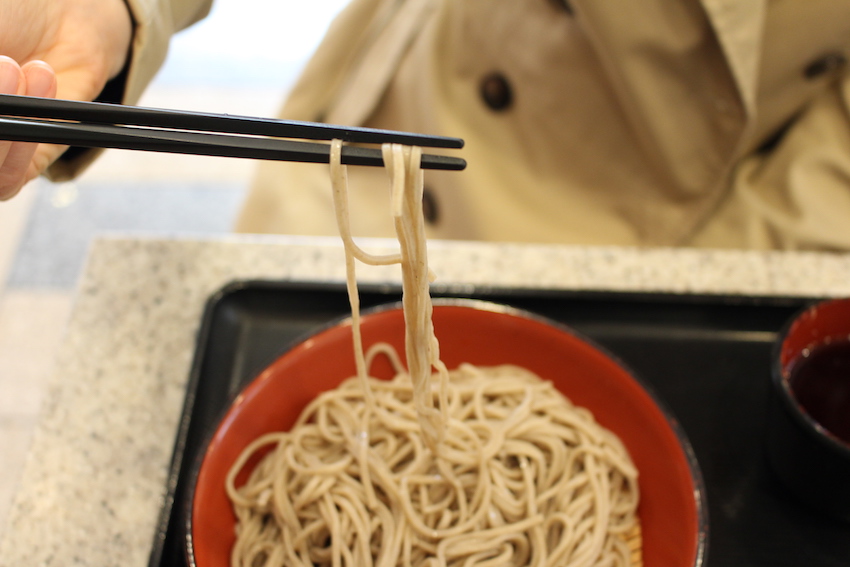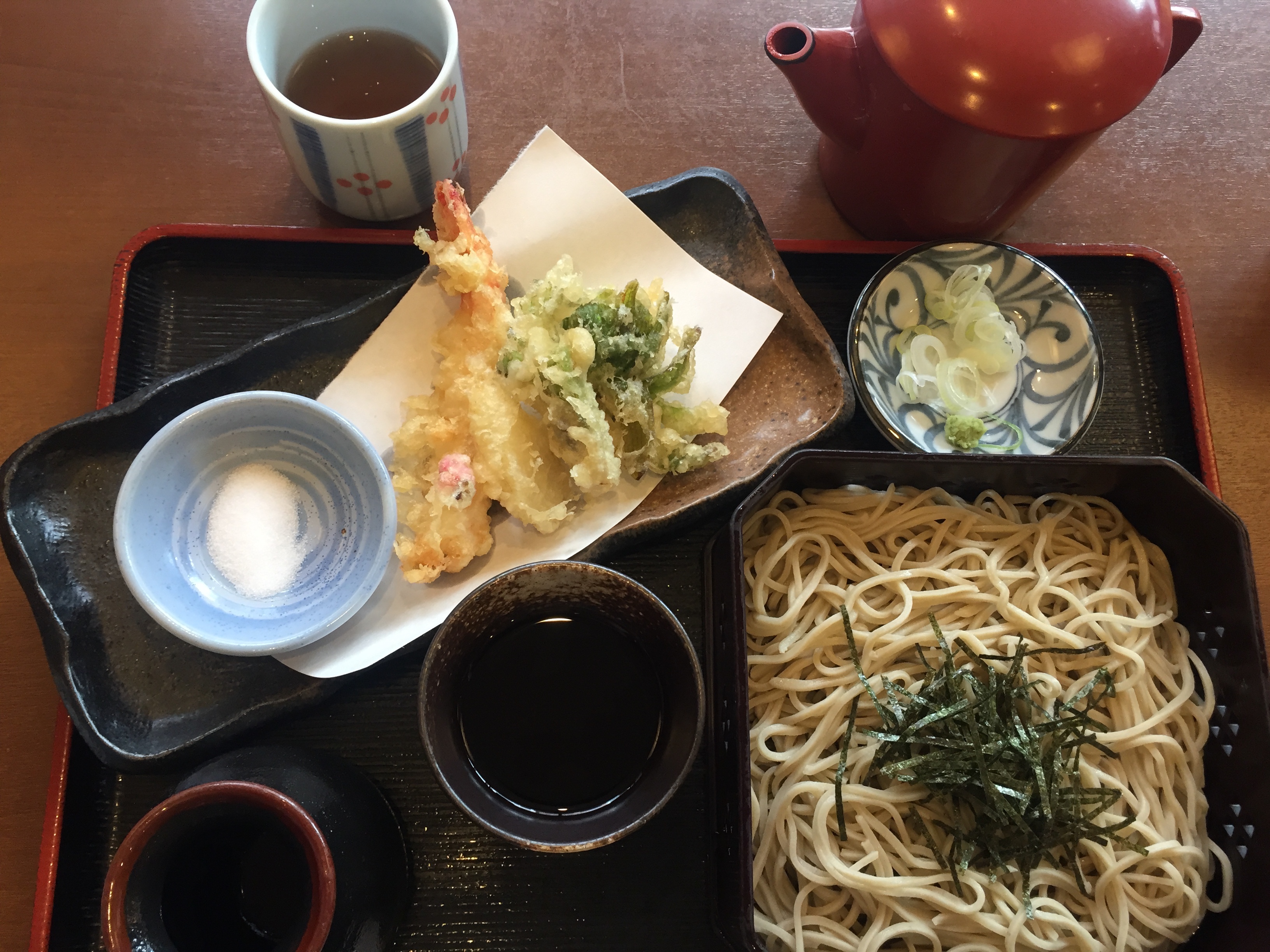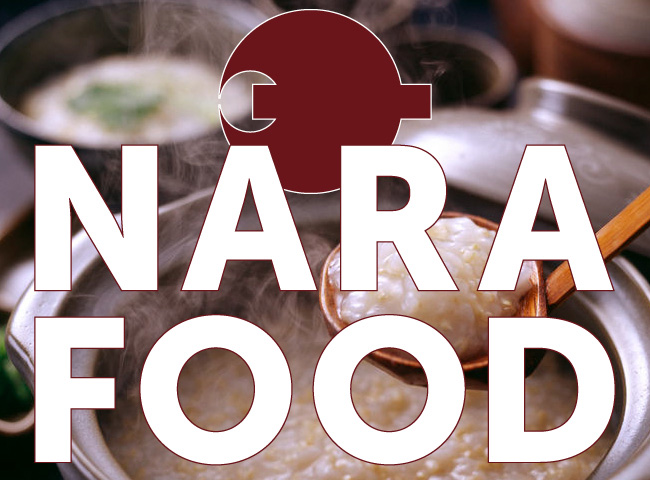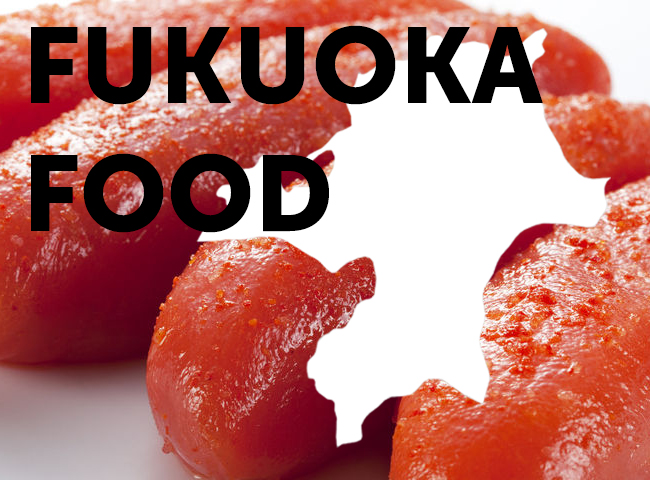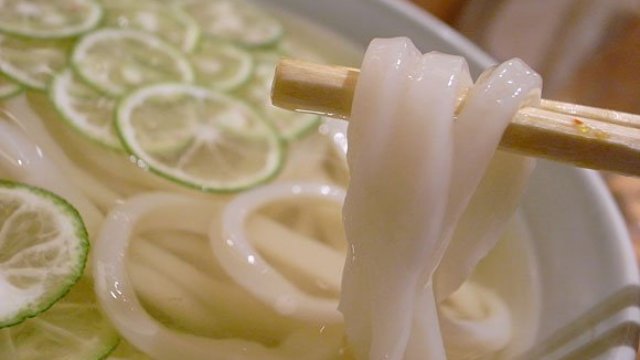How to Eat Japanese Soba Noodles: A Step-by-Step Guide
Soba noodles are part of Japan’s washoku (traditional) cuisine and have been eaten in their current incarnation (as noodles) since the Edo era from 1603 to 1868. This history is reflected by the different ways the practice of eating soba noodles is deeply embedded in cultural practices - during Edo, soba was eaten at the end of each month, and was called misoka-soba. This was regarded as special meal, celebrating the good health to live another month. Toshi koshi soba is soba eaten on New Year’s Eve for longevity and prosperity, while hikkoshi-soba is eaten after moving into a new house.
Where udon and ramen noodles are made from wheat, soba noodles are made from buckwheat (soba) flour, either in 100% proportion or with a little wheat flour added. They are high in nutrients and low in fat and cholesterol, making soba a very healthy meal with a distinctively nutty and earthy flavor.
Soba noodles are an everyday meal in Japan, and widely available. When eating soba out, the two most common types of soba-ya (soba restaurants) are jihanki shokudo, where you select your order and pay at a ticket machine by the entrance, and then may eat either sitting or standing depending on the restaurant, or soba-specialty restaurants, where you will be shown to your seat and a waiter will take your order. At some soba restaurants you will even be able to watch how the noodles are being made!
Read on to find out more about how to eat soba noodles - as well as about some distinct varieties you should try.

Types of Soba Noodles
Like ramen and udon, varieties of soba in Japan run the gamut, with many local specialties ready to be taste-tested! Some of the most common include:
Tensoba
Tensoba is a soba served with tempura. The tempura may be a mixture of vegetables and seafood, or a kakiage ten, with a light and crispy patty of vegetables). Popular seafood choices are prawns, squid and scallops. When served hot, the tempura will generally come on top of the soup, and when cold - called tenzaru soba or ten-seiro soba - on a side dish separate to the soba noodles.

Tororo Soba
Tororo is a gooey white topping made when Japanese mountain yam, yamaimo, is grated. When prepared as a hot dish, tororo will be served on top of a bowl of noodles. When served cold, called tororo-seiro or zaru-soba tororo, it will come in a separate dish.
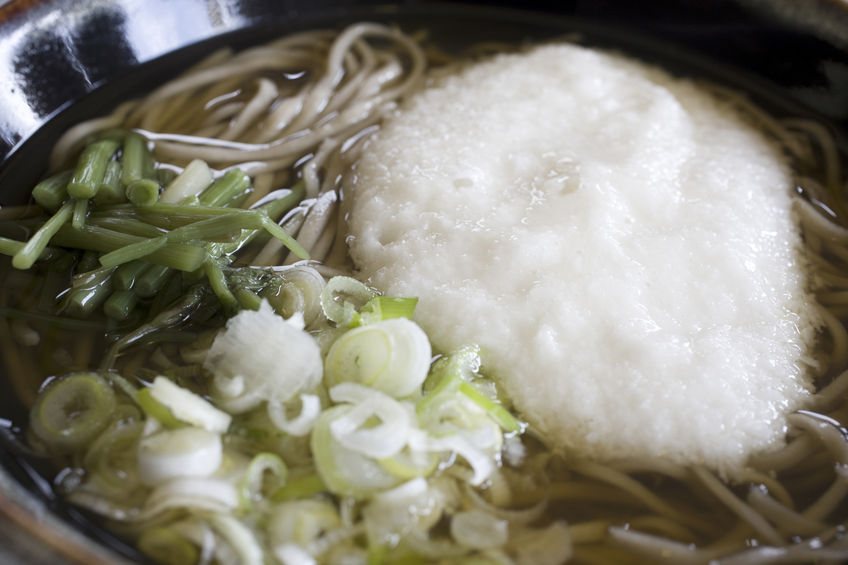
Tsukimi
Tsukimi soba translates as “moon viewing” soba, and gets its name from its appearance - a bowl of soba topped with a raw egg, where the yolk resembles a full moon. It may also come on top of a serving of tororo. Hiyashi-tsukimi soba is soba topped with a soft boiled egg.
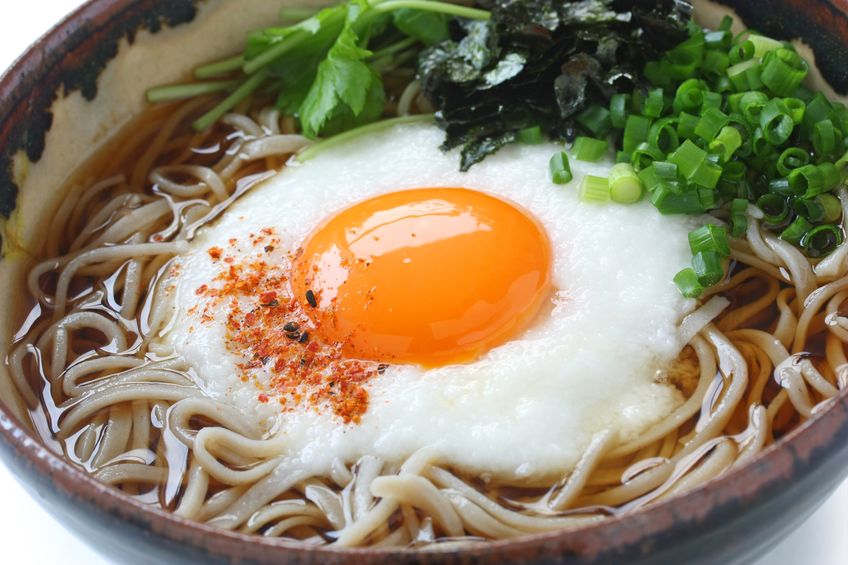
Read More: Types of Japanese Soba Noodles: From Zaru Soba to Tempura
How To Eat Soba Noodles
While not even all Japanese strictly follow traditional rules about how to eat soba noodles, understanding the appropriate etiquette is more than as a mark of cultural respect; it’s also a way to fully enjoy the flavors of a meal as they were intended!
If you’re eating at a jihanki shokudo, select your desired type of soba from the vending machine and hand your ticket to the kitchen staff. At a more formal soba-ya, a waiter will seat you then take your order, and will ask you if you if you want your noodles hot (atatakai ho de) or cold (tsumentai ho de, or seiro de). Your bill will be brought to the table, or you can ask for it, and most commonly you pay this at the register on your way out. Tipping is not required.
In general, because soba is more of a fast food, when you're finished you are generally expected to leave promptly rather than sit around for a long time after eating.
Hot Soba
Hot soba comes served in a deep bowl fillers with broth, noodles and the ingredients of your chosen flavor. To the side will most likely be a bowl of condiments such as sliced negi (spring onions), ginger, and wasabi.
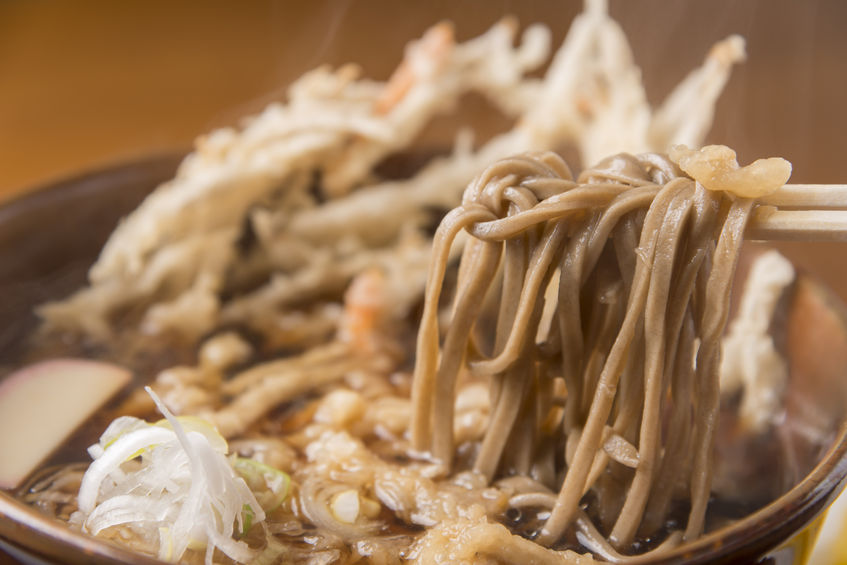
1. Taste the broth before adding condiments
Depending on the restaurant, your condiments may come already added into your soba broth. However, if they do happen to be served separately, it is best practice to first taste the broth to see if it it needs adjusting for condiments, which ones, and how much.
2. Eat without biting off the noodles
Pick up chunks of noodles with your chopsticks, but only so much that you can eat the mouthful without having to bite them off midway.
3. Make a slurping noise when eating
Although this goes against what you are taught in many Western countries about it being good manners to eat quietly, in Japan is customary to slurp noodles as you eat them. This is believed to help cool the noodles down, but it is also a way of showing just how much you are enjoying your meal.
4. Drink the broth straight from the bowl
You may notice your bowl of noodles doesn't come with a spoon. This is because you are supposed to drink directly from the bowl when eating soba noodles. This can be done at any stage during eating, and there is no special etiquette around whether or not you finish the broth.
Cold Soba
Cold soba is a little more elaborate. The set is comprised of a seiro (bamboo tray) of cooked noodles, a dish of condiments, and sobawan (dipping cup) of tsuyu, and a little teapot of sobaya - the water in which your soba was cooked, which has a light, slightly sweet and earthy flavor. Cold soba has a number of different names, such as seiro-soba, zaru-soba, and tsumetai-soba. Given the various components involved, cold soba etiquette has a few more steps.
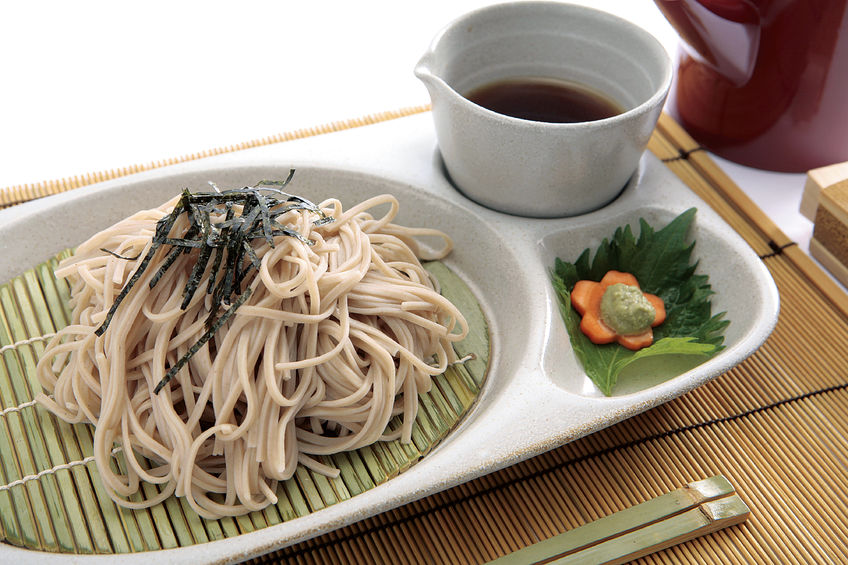
1. Taste for flavor balance
Like hot soba, the first thing to do with cold soba is it taste it to judge the flavors. Try a little sip of the tsuyu dipping sauce to assess strength, sweetness and saltiness levels. Taste a bit of the soba noodles.
2. Add condiments
Based on how much you feel you need to adjust the flavor, pick up some of the condiments with your chopsticks, then also pick up some noodles.
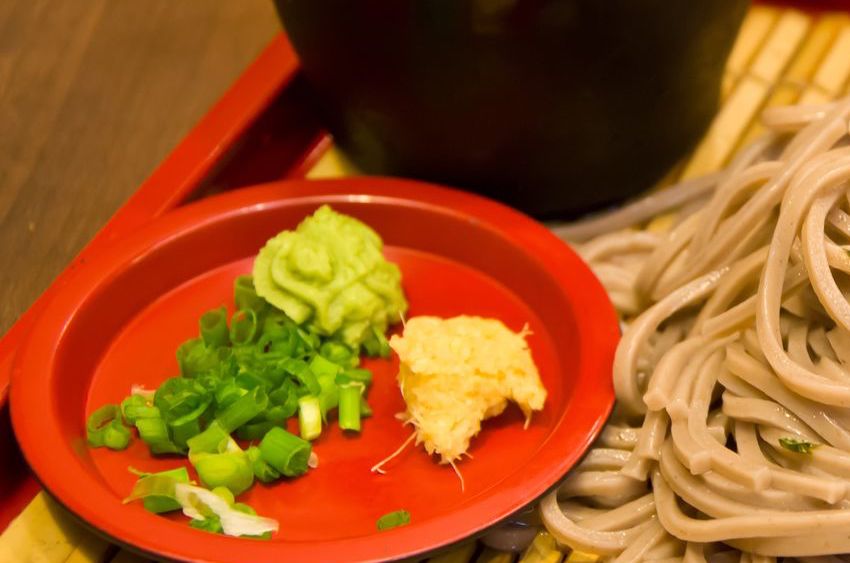
3. Pick up a mouthful of noodles
To avoid having to bite the noodles midway through, pick up as much as you can eat in one mouthful.
4. Dunk noodles into dipping sauce
But only the bottom third!
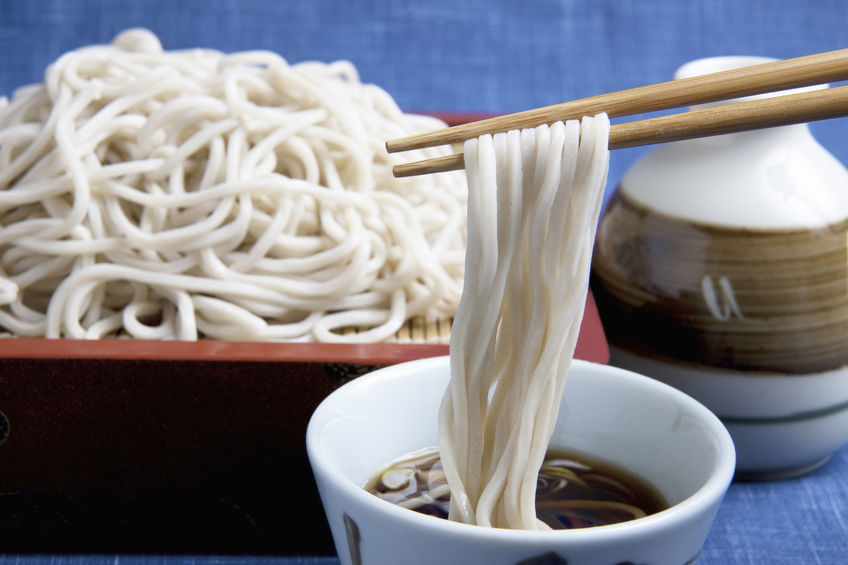
5. Hold the sobawan close
Bring the dipping cup up to your face to eat.This is not only polite, but also keeps the dipping sauce from dripping onto your table or clothes.
6. Side dishes
Avoid dunking tempura or anything aside from noodles into the tsuyu dipping sauce, as you drink this as tea afterwards. If you’re eating tororo soba, however, the tororo can be dipped into the tsuyu before picking up a mouthful of noodles.
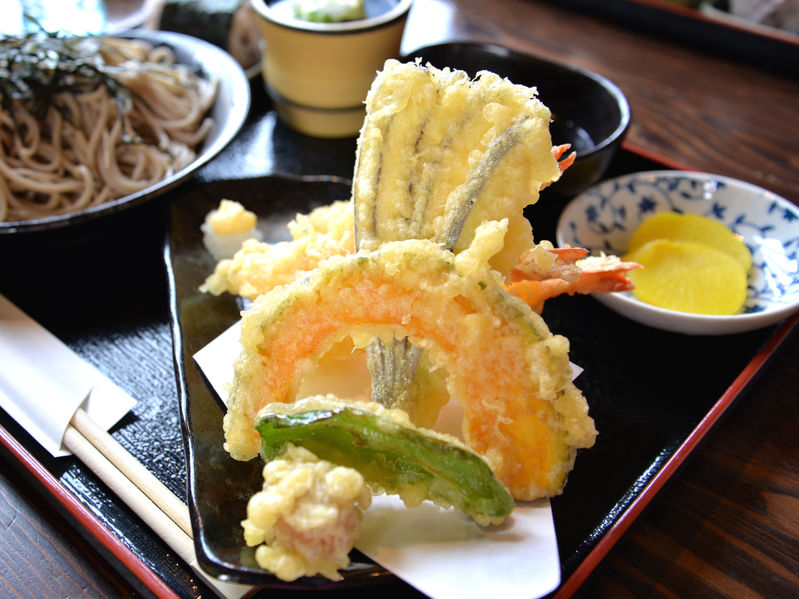
7. Drink the sobaya
Pour the sobayu into the tsuyu to make a beverage to drink at the end of your meal. Soba water - way to take in the nutrients expelled into the water when cooking.
Soba Noodles are a Tasty Bridge Between Past and Present
Soba is more than a healthy and affordable Japanese meal; it is also a great chance to try a traditional Japanese washoku food that is still very much a part of everyday cuisine. Regardless of where you eat them, be sure to try different varieties of soba noodles, both hot and cold - so you find your favorite and try out your new-found soba-eating skills! Browse Gurunavi’s soba noodle listings to find a restaurant near you.



